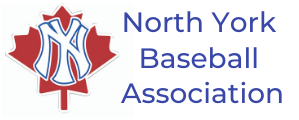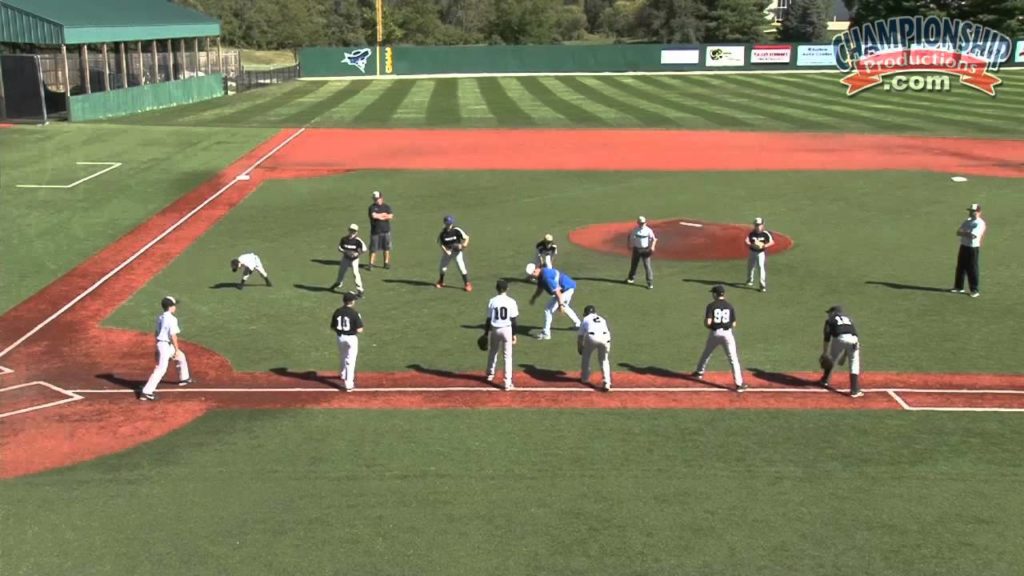Common Sport Injuries And How To Prevent Them
Sports injuries are inevitable, and they differ from sport-to-sport. There are however, exercises and preventative measures athletes, parents and coaches can take to lower the chances of injury, regardless of the sport.
TeamSnap reached out Alexandra Schechner, PT, DPT, a multi-sport athlete and Physical Therapist at Park Sports Physical Therapy in Park Slope, Brooklyn. Schechner holds her Doctorate in Physical Therapy from Long Island University and can be found playing soccer all across New York City, coaching youth soccer, and helping people all over the city with athletic conditioning, injury rehab and prevention.
What are 5 of the most common sport injuries?
AS: Splints, ACL tear, groin strain, lumbar muscle spasm, rotator cuff tear.
Why do you think these injuries occur the most frequently?
AS: Sports injuries are inevitable, but it is important to take the time to prepare an athlete’s body for the demands of sport. A proper warm-up and cool down is vital to increase blood flow within muscles, improve joint range of motion, and reduce the risk of injury. Athletes should sweat prior to training and competition. If a coach is not incorporating a sport-specific warm-up and cool-down, the athlete should consult a physical therapist or athletic trainer to learn how to best prepare their body and prevent injury.
What are some treatments (physical therapy, exercises) that help athletes treat and also prevent these injuries from happening? AS elaborates.
Shin Splints:
Shin splints are a common overuse injury in the lower leg of running athletes. Shin splints occur from increasing activities or mileage too quickly, inflexible or weak muscles around the hip, knee or ankle, poor running mechanics. Prevention of shin splints includes a full range of motion around the ankle joint and good flexibility and strength of the lower leg muscles to allow for more shock absorption during running. Examples of exercises are ankle ABCs, four-way ankle strengthening using a resistance band, and calf stretching.
Anterior Cruciate Ligament:
The anterior cruciate ligament (ACL) is a major stabilizing ligament of the knee. Injury to the ACL can occur through contact with an opposing athlete or non-contact through a sudden cut, pivot, or change of direction. Evidence-based research has shown that with proper strength and conditioning, the risk of ACL tears can decrease. ACL injury prevention programs from a physical therapist, athletic trainer, or strength and conditioning coach will teach athletes proper body mechanics in jumping, landing, and changing of direction by retraining the athlete’s movement patterns. An extra 15 minutes before activity to properly warm-up is important to strengthen the lower extremity and reduce the risk for ACL instability. Warm-up exercises can include dynamic stretching, single leg bridges, lateral walking with resistance band, squat jumps.
Groin Strain:
The groin (adductors) is a group of four muscles that function to bring the leg across the body. A groin strain occurs at a high rate because the muscle is often stretched beyond its limit as a result of doing too much too soon or an improper warm-up. Treatment of groin strains includes rest and icing for 15 to 20 minutes periodically during the first 72 hours. After the first three days, the athlete can use heat for 15 to 20 minutes, followed by gentle groin stretching and range of motion exercises. If the pain, symptoms and limited activity remain after two weeks, the individual should consult a physical therapist or orthopedist for pain and swelling control and hip-strengthening exercises to regain power, range of motion and movement.
Lumbar Muscle Spasm:
Repetitive overuse on a single side of the body can lead to weakness on the opposite side. Athletes often suffer lumbar (lower back) spasms in small muscles along the spine. A lumbar spasm occurs quickly and is accompanied by pain, loss of spinal motion and core strength. A good prevention program can reduce the risk of injury although consultation with a physical therapist or physician is important to determine the actual cause of a lumbar strain or muscle spasm. A good warm-up prior to and cool-down after activity should include stretching of the hamstring and quad, and core strengthening through exercises like superman and flutter kicks.
Rotator Cuff:
The rotator cuff is a group of muscles that stabilize and rotate the shoulder. A tear to the rotator cuff is common in goalies, swimmers, baseball, and tennis players. Any shoulder pain persisting for more than two weeks should be evaluated by a physical therapist or orthopedist. Exercises to strengthen the rotator cuff include gentle overhead stretching, shoulder external rotation while side-lying, resisted rows, and arm raises to the side.
This blog post was re-posted with permission from TeamSnap.
TeamSnap is the preferred registration system for the North York Baseball Association which includes team mobile apps, and a website.North York Baseball Association has been providing House League and Rep/Select levels of play for boys and girls 6-18. Games are played at Bond Park in North York. NYBA is celebrating 50 years of serving the community!

